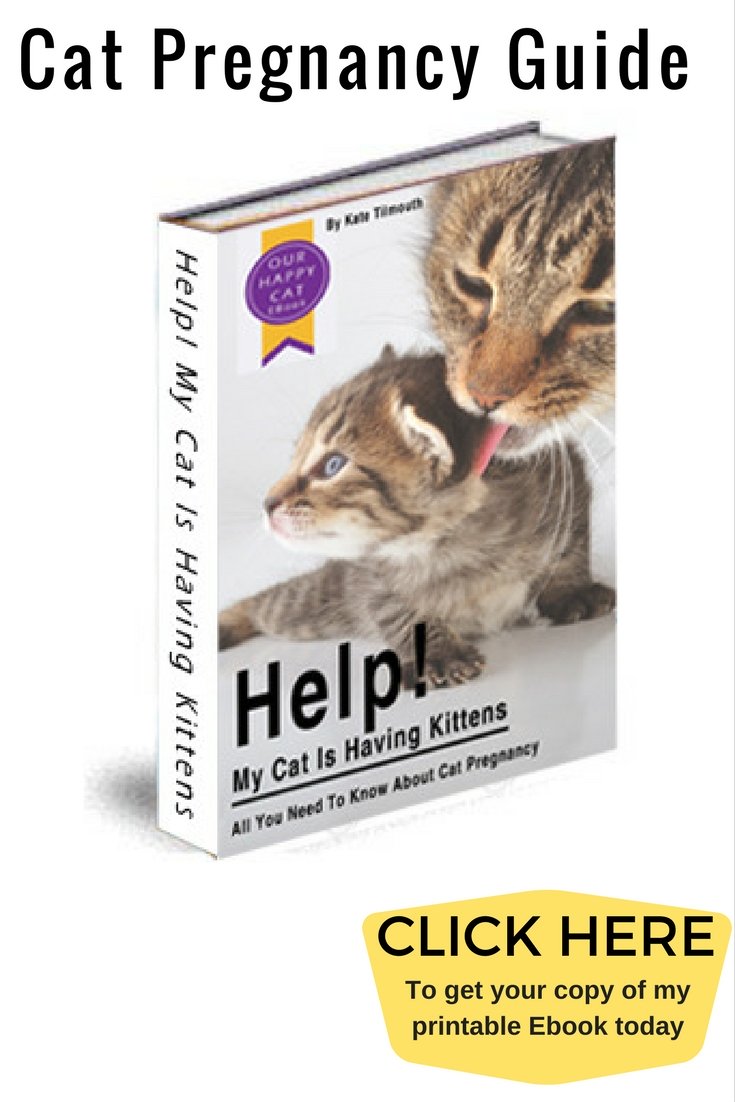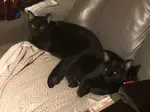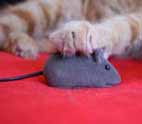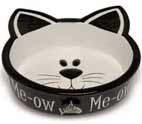Cat Over Population and the problems associated with this
by Mary Fariss
Humane Societies to the Forefront
Because of the exponentially increasing feline overpopulation problems, with humane societies and other shelters bearing the brunt of the consequences, these groups rose to the forefront in taking positive action.
People who run shelters know that the kittens they adopt out today can spawn descendents who will refill the shelters in short order. In the past, in an effort to prevent this, shelters have tried a number of tactics, from contracts (which run stastically to between 10% and 50% noncompliance), deposits for later spay/neutering (which are readily forfeited), and other equally non-productive incentives.
A number of shelters decided to stop relying on the adoptive "parents" and to guarantee spay/neutering of kittens by having it performed prior to adoption, either with veterinary staff or by cooperating veterinarians. In the twenty or so years of research that followed, in both the U.S. and Canada, shelter operators and veterinarians were able to dismiss the previous misconceptions one by one. It was found that in cats altered as early as six to twelve weeks, compared to cats neutered at six to twelve months, there was the:
· Same metabolic rate
· Same type of growth
· Same urethral diameter at adulthood
· Same behavioral patterns.
Read Further > Hidden Benefits of Early Spay and Neuter
Notwithstanding the most obvious (and most critical) benefit, that of helping to diminish the population growth, certain side benefits of early spay and neuter accrued to the cats themselves, such as less traumatic surgery, quicker recovery, and fewer complications.
I viewed a video produced by the U.C.Davis School of Veterinary Medicine in conjunction with AVAR, on the benefits of early spay and neuter of cats. This video was intended for veterinary use, to demonstrate the comparative ease of the technique with young kittens, as well as the collateral benefits. At the same time, I also viewed a video produced by the American Humane Association, in which surgeries (both spay and neuter) were shown in both young kittens and cats at the traditional appropriate ages.
The criteria used for the suitability of kittens was a clear health check, at least two pounds in weight, and two descended testicles for male kittens.
The Surgery
In preparation for the surgery, because of kittens' predisposition to hypoglycemia, they were not fasted as long as older cats prior to surgery, but actually were given a small meal. They were also well-swaddled in toweling and placed on a heated pad, because of the possibility for hypothermia. Other than those preparations, the surgeries were basically the same, including the kind of anesthetics used for inducement and maintenance. There were two important differences, however:
The surgeries went much quicker and with less trauma for the kittens because there were no extra layers of fat to cut through. For the same reason, closure was a relatively simple process of one stitch through the one-centimeter incision for the spay.
Because of the delicate nature of the organs at that young age, gentle tissue handling was important.
Recovery
Kittens shed the anesthesia much quicker than the adult cats. In a video comparing neutering surgery at two different ages, fifteen minutes after the surgery the kitten was awake and starting to move around. The one year old cat was still out cold. Within an hour, the kittens were moving around, playing, and eating. They didn't show the adult cat at an hour later, but from my recollections, my own cats were still pretty groggy when we brought them home several hours later.
Conclusion
The evidence seems clear that early spay and neuter is not only safe for the youngsters, but that the procedure produces less tissue trauma, is less stressful, provides a shorter recovery period, with a lower risk of complications. On the other hand, no working studies are available to support the appropriateness of waiting the traditional period.
The concept has been slow to enter into the mainstream of small animal practice. However the fact that it is being taught in more and more veterinary colleges, coupled with the endorsements of such august groups as the AVMA with 64,000 members; The Canadian Veterinary Medical Association, with over 8,000 members; The state veterinary associations in California, Nevada, Massachusetts, Rhode Island, Oregon, and Wisconsin; and numerous humane societies, promises that new ground is being gained every day. One fact is for certain: people who run shelters can attest that their NBA (Neuter Before Adoption) programs have contributed to increased morale in shelter workers.








